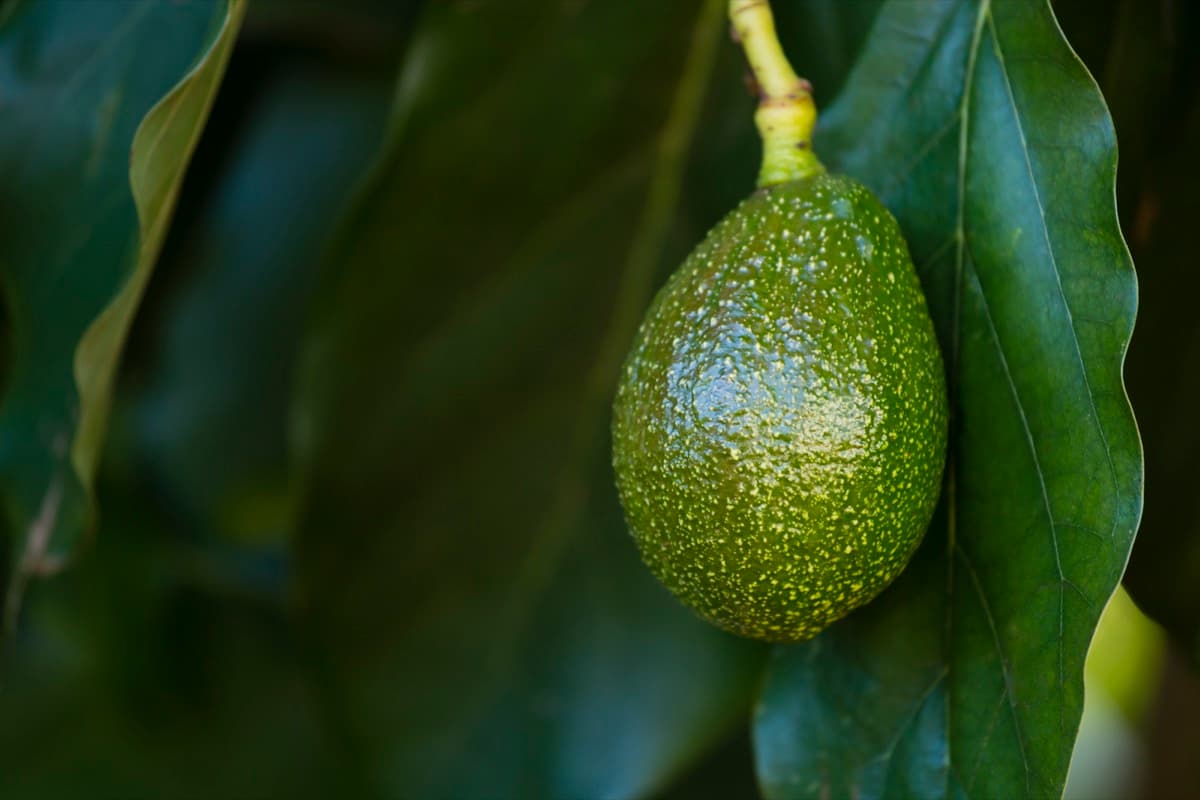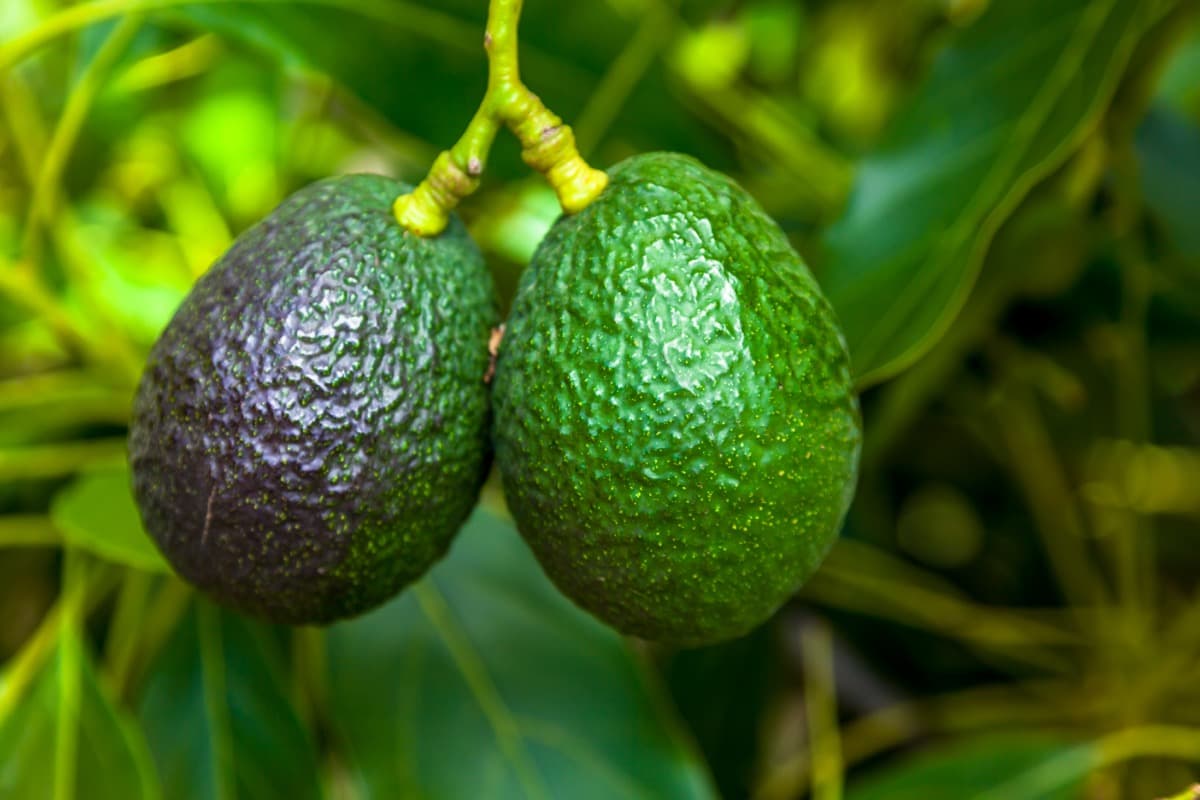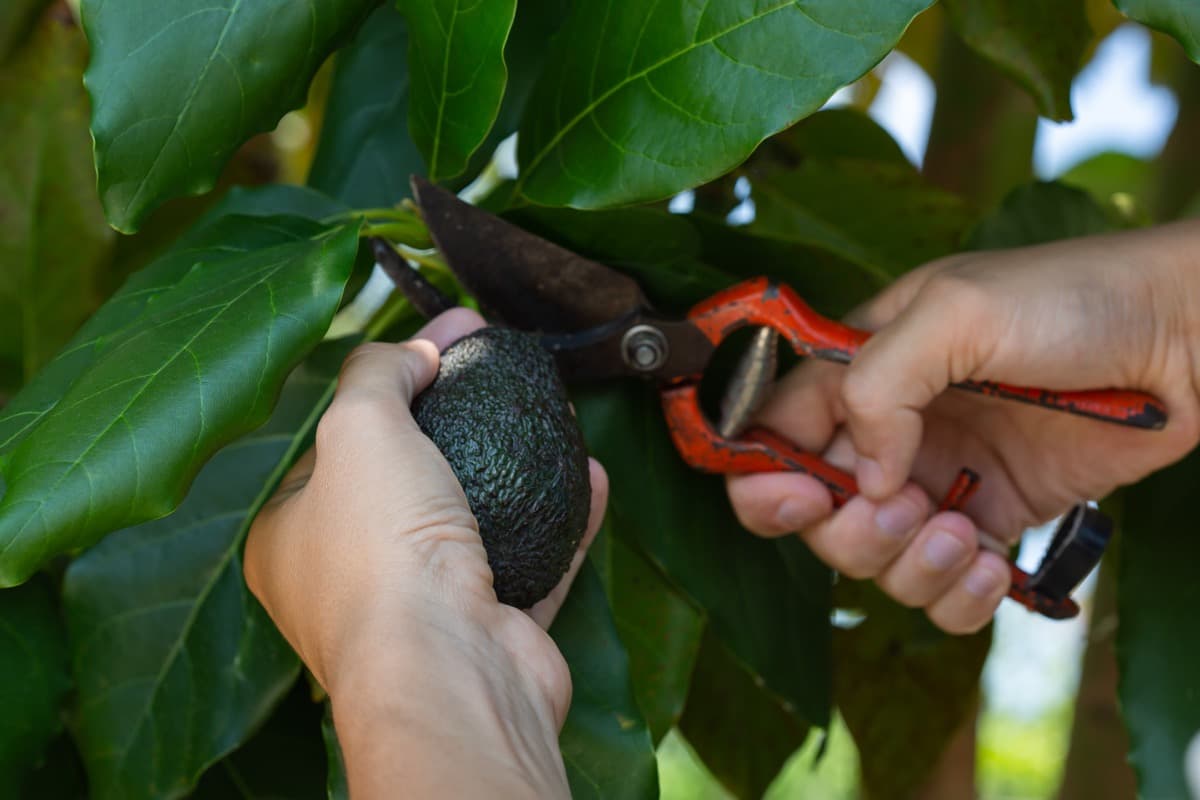Avocados, also known as alligator pears, are trees in the Lauraceae family. Avocados are native to the Western Hemisphere and are widely grown in warm climates from Mexico south to the Andes. The majority of people have grown them successfully in greenhouses, especially in temperate regions, and then outdoors as well.

How to Grow Avocado in a Greenhouse
Soil Requirements for Growing Avocados in the Greenhouse
There is a wide range of soils in which avocado trees can grow. Generally, the best soil for most varieties is loose, loamy, or sandy, with a pH between 5 and 7. Farmers should avoid establishing avocado orchards in fields with poor drainage or high salinity. Since feeder roots are close to the surface, drainage is essential. Your Avocado tree may suffer from root rot due to too much moisture.
Light Requirements for Growing Avocados in the Greenhouse
Like most tropical plants, avocado trees thrive in bright sunlight. This tree should be planted where it receives at least eight hours of sunlight daily. Growing these trees in partial shade is possible, but full sunlight is best for growth and fruit production.
Temperature & Humidity Requirements for Growing Avocados in the Greenhouse
Keeping the greenhouse at the right temperature is essential to growing avocado plants. The avocado tree is tropical and subtropical. Ideally, avocado plants need 15°-29°C to grow and bear fruit. Avocados grown in greenhouses survive during winter because the temperature can be controlled more easily. You should always maintain a humidity level above 50% in your greenhouse. Unless there is a 40% humidity level in the environment, avocados cannot survive. Consider installing a humidifier if the average humidity in your greenhouse is less than 40%.
How to Grow an Avocado from Seed
- Avocado seeds (pits) should be removed from fresh avocados. When handling seeds, be careful not to damage them with a knife. Ensure that the pit is clean and dry by rinsing and drying it.
- Select a jar large enough to fit the pit. Fill almost to the brim with water. The next step is to locate the pit’s broad end. It will be the side that faces the water.
- The avocado pit should be submerged about one inch in water with the toothpicks.
- You should see roots growing from your pit in two to six weeks. Cut it back half, approximately six to seven inches from the top of the stem.
- After the roots have grown thick, plant them in the soil or in a pot
- Maintain a moist but not overly saturated environment for your avocado plant. Drain the soil well, as with most plants.
- Pinch back your plant’s stem every time it grows another six inches to encourage bushier growth.
- Once your tree is big enough to transplant, plant it in the greenhouse.
In case you missed it: How to Increase Female Flowers in Avocado: Explained in 10 Simple Steps

Water Requirements for Growing Avocados in the Greenhouse
In general, trees need to be watered twice a week. You should soak the soil thoroughly before watering the tree again after letting it dry. As with most plants, you don’t want the tree to get too dry. For mature trees, the rule of thumb is to water them about 20 litres per day during the irrigation season. It will be quite a bit less water required for seedlings. Always check the soil before watering to make sure it has dried somewhat. When squeezed, you can tell if the soil around the roots has enough water to hold a hand’s impression.
Fertilizer Requirements for Growing Avocados In the Greenhouse
Avocado trees generally require little fertilizer since they grow slowly and produce fruit slowly. The type of potting mix ratio will determine how much fertilizer you should use. When you have sandy soil, add more compost or slow-release fertilizers. Fertilize weekly with a nitrogen fertiliser, indicated by a higher first number, such as 7-4-2 in summer. Find a fertilizer with zinc for avocados, as they need a small amount of it. You should avoid fertilizing your plants in the winter when they are not growing much.
Pruning Avocado Trees Growing In the Greenhouse
A mature avocado tree can grow to 40 feet outdoors, while its indoor counterpart can reach 20 feet. From the point where a branch is cut off, the plant grows more branches in different directions. Avocados appear bushy when they are covered in them. It prevents them from growing tall.
Pests And Diseases in Avocado Trees Growing In tThe Greenhouse
- Several pests, including avocado mites, brown mites, and persea mites, can disturb avocado trees. All of these can be treated with neem oil. Ladybugs can protect your avocados from mealybugs and avocado thrips.
- Root, fruit, and collar rot are caused by phytophthora, which can be spread through watering. You can prevent this by ensuring your soil drains well and keeping your tree dry. An established tree cannot be saved once phytophthora sets in.
- Cankers are caused by avocado black streak, but their cause is unknown. As a result, avocado tree trunks and branches develop cracked, black lesions. You can prevent this issue by irrigating properly.
Harvest Avocados
- After planting, avocado trees usually bear fruit within five to seven years; budded trees usually bear within four years.
- When avocados’ colour change is complete, they are ready for picking. Dark purple or nearly black coloured varieties deepen in colour when ripe. A green variety’s skin will lose its brightness when ripe and change to a yellowish tint.
- If you pick a fruit with a short stem attached and leave it on the counter for a few days, it will mature, and you can pick the rest.
- Usually, it takes three to eight days for avocados to soften off the tree after they have been picked. If you leave fruit at room temperature, it will soften; refrigerating it will slow the ripening process.
- Cut or clip the fruit off a branch with a stem attached; do not pull it off the branch, as it could tear or break. Fruit can be harvested with a pruner or shear; a long pole pruner may be needed for high fruit. Avoid scratching the fruit by wearing gloves.
In case you missed it: How to Grow Avocado Organically: A Step-By-Step Guide with Simple Steps

Conclusion
The process of growing avocado trees isn’t particularly difficult. Producing fruit from avocado trees is the challenge. Avocado trees can be grown in greenhouses without worrying about climatic conditions. A properly designed greenhouse can provide good control over temperature and humidity. However, your greenhouse’s height and size are of paramount importance. You will require a lot of planning to grow an avocado tree in a greenhouse that bears fruit.
- Feed Your Flock for Less: Top 10 Tips to Save on Chicken Feed
- Ultimate Guide to Ossabaw Island Hog: Breeding, Raising, Diet, and Care
- Hatching Answers: The Top 10 Reasons Your Chickens Aren’t Laying Eggs
- Eggs and Economics: Breaking Down the Cost of Raising Backyard Chickens
- Defend Your Greens: Proven Methods to Keep Iguanas Out of Your Garden
- Ultimate Guide to Cinnamon Queen Chicken: A Comprehensive Guide for Beginners
- Ultimate Guide to California Tan Chicken: Breeding, Raising, Diet, Egg-Production and Care
- Ultimate Guide to Marsh Daisy Chicken: Breeding, Raising, Diet, and Care
- 10 Types of Chicken Farming Businesses You Can Start for Profits